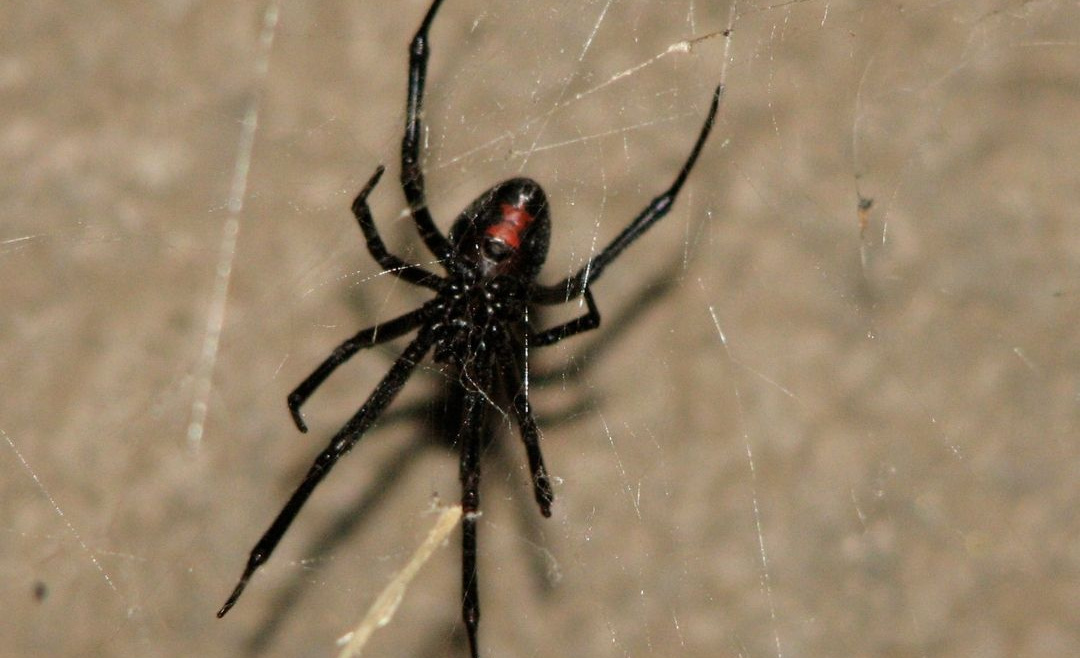Black widow spiders have caused widespread fear and terror both within the world of cinema and real life. The female widow spider has enshrined as human roles taking revenge from its partner.
The venom of these spider species is fifteen times more toxic than the venom of rattlesnakes. However, these spider species are not aggressive and will bite when they feel threatened.
They have bulky bodies and skinny legs around 13mm in length. The most notable feature of these spider species is the red hourglass visible underside the abdomen.
The black male widow spider takes on a slightly different appearance than their female partners. While the females have a glossy black appearance, male spiders have a brown or grey appearance. The abdomen of both the male and female widow spiders matches the color of the thorax.
These spider species are visible in dark areas such as rock formations, piles of wood, and leaves.
It is fascinating to understand the lifecycle of such astonishing creatures. Let’s hop on the black widow spider lifecycle:
Black widow spider lifecycle:
Female black widow spiders can store sperms. They can keep these sperms safely right after their first mating and produce more than ten egg sacs without mating. The female black widow sees no reduction in the mortality rates or even egg amounts because of their storage habits. The black widow spider lifecycle has four stages which are as follows:
Egg stage:
The female black widow spiders will lay the eggs in groups with nearly 750 eggs as an average during the summer. Once she lay the eggs, she will wrap them with the silk to create an egg sac. These sacs get placed within the spider’s web to keep them protected.
Egg sac:
Black widow egg sacs have a teardrop shape having white color and later take on a yellowish hue. The black widow spider’s egg sacs are large and well defined. These egg sacs are durable and firm to rip off, resembling a cotton ball.
Spiderlings:
The black widow spiderlings emerge after one to four weeks from the egg sacs encased with the silk thread. One out of dozen spiderlings survives for more than a month due to sexual cannibalization by other spiderlings. Mostly the spiderlings have white or orange color after they emerge.
Adult spiders:
The black widow spiderlings will reach adulthood when the female molts six to eight times and the male molts three to six times. It is not uncommon for a female black widow spider to survive for more and takes more than ninety days to reach adulthood.
The male black widow spider takes more than seventy days to reach the adulthood stage. Males will survive for about two months long after becoming adults, and females will live for about a year after reaching the adult stage.
Wrapping up:
The black widow spider infestations can take their toll on the homeowners. It is best to call professional experts to get rid of the black widow spider infestations and remove them permanently.







